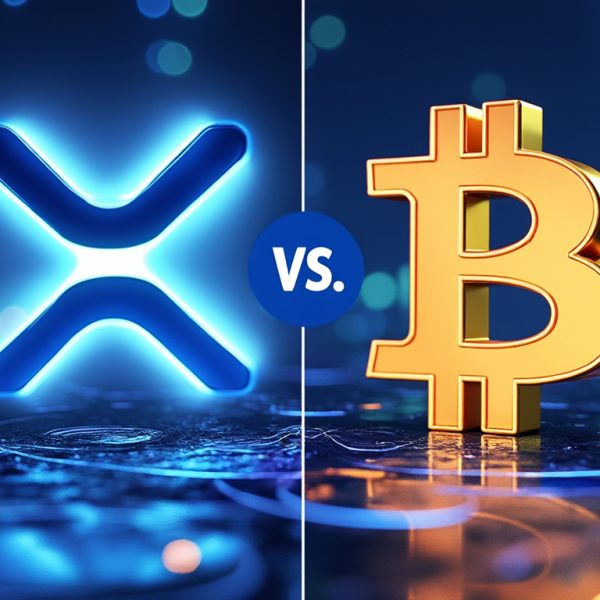Blockchain technology has revolutionized industries far beyond cryptocurrency. While many associate it with Bitcoin, its applications and potential extend much further. Here are seven fascinating aspects of blockchain technology that you may not know.
1. Blockchain Is Older Than Bitcoin
Although modern blockchain systems became famous with the introduction of Bitcoin in 2009, its roots date back to 1991. Researchers Stuart Haber and W. Scott Stornetta first conceptualized blockchain as a cryptographically secure chain of blocks for timestamping digital documents. This early vision laid the foundation for modern blockchain systems.
2. It Can Be Used for Sustainable Supply Chains
Blockchain technology provides unparalleled transparency in supply chains. By recording every step of a product’s journey—from raw material to final consumer—companies can ensure ethical sourcing, reduce waste, and promote sustainability. This is particularly valuable in industries like food, fashion, and energy.
3. Smart Contracts Are Revolutionizing Agreements
A blockchain isn’t just a ledger—it’s a platform for automation. Smart contracts, self-executing agreements coded on blockchains like Ethereum and Solana, automatically enforce terms when predefined conditions are met. This eliminates intermediaries, reduces costs, and speeds up transactions in industries ranging from real estate to insurance.
Also Read: Top 10 Myths About Crypto: Debunking the Digital Future
4. Blockchain in Fighting Fraud and Corruption
Blockchain technology has profound implications for reducing fraud. Its immutable nature means once data is recorded, it cannot be altered without network consensus. This feature is particularly useful in sectors like banking, where it can prevent double-spending, or in governance, where it can ensure transparency in public records.
5. Blockchains Are Not Always Public
While Bitcoin’s blockchain is open to everyone, there are also private and permissioned blockchains. These are used by corporations for internal operations, where access is restricted to specific users. Examples include IBM’s Hyperledger and R3 Corda, which focus on enterprise applications.
6. It’s Not Entirely Immune to Hacks
Despite its reputation for security, blockchain technology isn’t invincible. Vulnerabilities often arise in off-chain components, like wallets or exchanges. Moreover, a 51% attack, where a group controls the majority of the network’s computing power, can compromise smaller blockchains.
7. Blockchain Powers Non-Financial Applications
From decentralized identity systems to digital art (NFTs), blockchain technology has found its way into diverse sectors. It’s enabling new ways to manage intellectual property, authenticate credentials, and even create decentralized social networks. This versatility is what makes blockchain truly transformative.
Also Read: Understanding Blockchain Technology
Conclusion
Blockchain technology is much more than the backbone of cryptocurrencies. Its potential spans industries and use cases, offering solutions to modern challenges. As adoption grows, understanding its nuances will be essential for both businesses and individuals.











